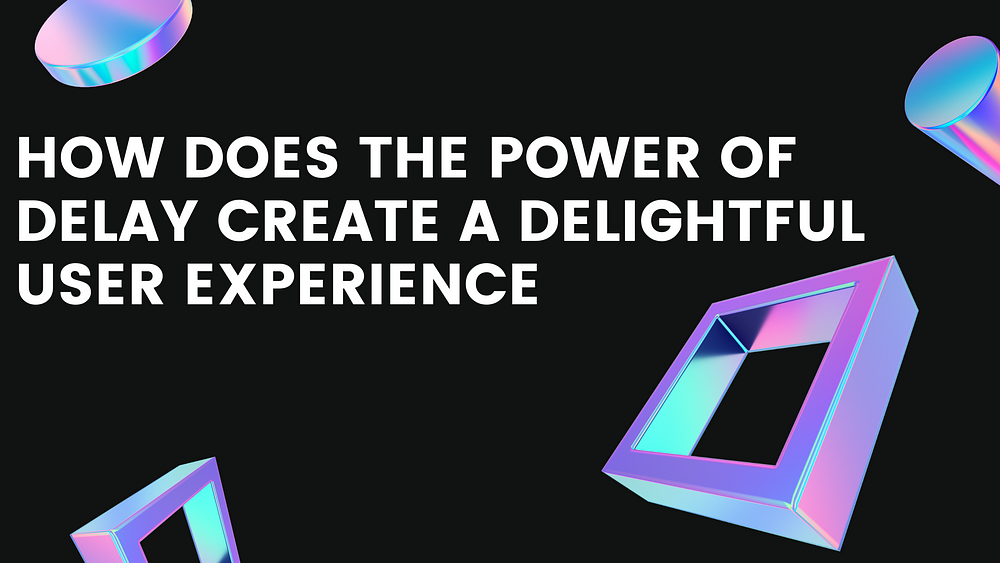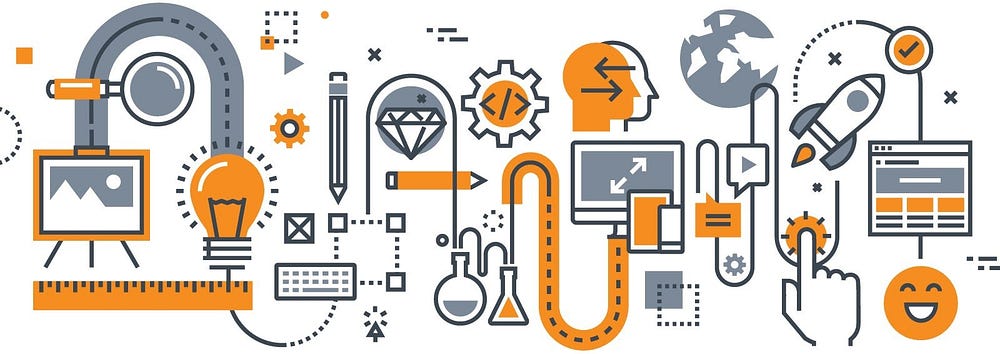
In today’s world, nothing comes for free. If we want something obviously we have to pay for it. And let’s be honest paying is painful. When people buy things that are intended for the purpose of pleasure, like a vacation, they try to maximize both the profit and happiness that they would experience. Now the question arises, how to make this happen? So apparently two aspects of the consumer experience:-
- Timing when we pay for something and
- Timing when we consume it.
And the relationship between these two plays a very significant role in the amount of satisfaction the customers derive from what they buy. Since payment is painful, people generally enjoy it when payment is separated from consumption through timing.
Good things come to those who wait

When it comes to user interfaces, faster isn’t necessarily always better. Sometimes a short delay won’t harm the experience. So if you want to create a better user experience make the users wait.
This might seem contrary to what people commonly think but look at the following examples to understand better:-
- The lottery ticket
The ‘wait’ plays an important role when purchasing a lottery ticket. If we remove the waiting part from the chain of events then we will be left only with a person who buys a lottery ticket by paying a small amount of money and is immediately told whether he or she won a large amount of money or not. But this will kill all the suspense, fun, and excitement that the customer might would have experienced while slowly revealing the winning numbers, wouldn’t it?
2. The cliffhanger
A cliffhanger is an event that happens at the end of an episode, scene, chapter, or season of a story. It leaves doubt in the reader's or the viewer’s mind but at the same time forces them to come back and see what happens next. It lets users chance to guess for themselves by creating a build-up of tension. Since there is a delay in the final outcome, customers tend to enjoy it to the fullest.
So, the bottom line is that just like any other aspect of UX, you have to think through how you should guide your users through a process involving waiting. Do not be oblivious to the fact that providing everything instantly to the users is the only right option. Increasing efficiency sometimes may harm the overall experience.
Designing for Delay

Designing for the delay in consumption can be proved to be very beneficial. It generally is based on the following three criteria:-
- When the delays give you the opportunity to seek out exciting information that builds positive expectations about the consumption experience.
- When the anticipation of the present event increases the pleasure of eventual consumption.
- When the consumption experience itself is fairly fleeting.
Businesses tend to leverage the power of delay and positive anticipation when designing a good consumption experience for their customers.
For example- there are various book box companies these days who make their customers pay in advance for monthly book boxes. But the customers don’t know what the box comprises of i.e. the books and the goodies in the box are unknown to them.
When the boxes are out for shipment the company notifies the customers beforehand. This creates excitement among the customers. The ambiguity of what is there in the box adds to the ‘surprise’ element.
Also, since the customers have pre-paid the fee, thereby distancing payment from consumption, many customers tend to forget that they have already paid for the service. Every month’s service then tends to feel free, and people love free!
Some other points to keep in mind:-
We have already discussed some of the potential benefits of a well-designed delay, which leave us with a few thoughts to ponder upon-
- It might be possible that pre-paying for a product or service results in a willingness to pay a greater amount or to at least feel better about paying more since people value future events more highly than those that have already occurred.
- Substantially separating payment and consumption of products and services can make actual consumption feel free which in turn makes the customer feel that he got a good deal.
- One way to build anticipation is by creating suspense, intrigue, and excitement. This helps to grab customer attention and helps to build a community and a following for your products and services.
- Though design for the delay has many advantages and payoffs, it also has several challenges. We live in a high-tech world where people are used to ‘instant’ delivery of products and services. Which makes it difficult for businesses and providers of customer goods to overcome consumer impatience and the inevitable power of now. People don’t appreciate or realize the benefits that ‘delay’ brings to the consumption experience itself.
Comments
Post a Comment